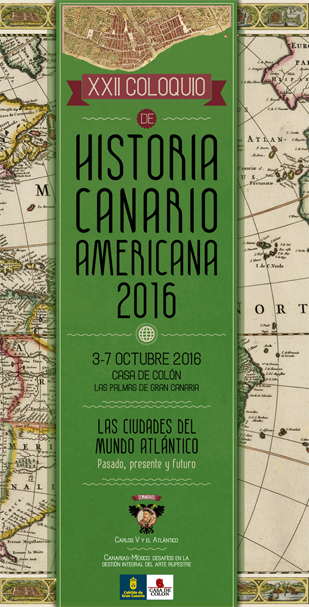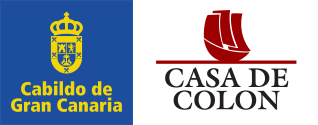Las inscripciones rupestres de Lanzarote. Generalidades, particularidades y estado actual del conocimiento / The rock inscriptions of Lanzarote. Generalities, particularities and current state of knowledge
Palabras clave:
Inscripción, líbico-bereber, líbico-canario, majos, Lanzarote, inscriptionResumen
Las inscripciones rupestres de Lanzarote la forman los alfabetos líbico-bereber y líbico-canario, de los que, y a pesar de que han transcurrido algo más de 33 años desde que se descubriera esta segunda grafía, y de que, en apariencia la hayamos podido identificar, poco o nada sabemos con certeza para su precisa determinación cultural. Bajo estas circunstancias, y sin que por ahora desechemos ninguna vía de investigación sobre su origen, abordamos el estudio de 17 estaciones rupestres en las que se han grabado caracteres de uno u otro de estos alfabetos. En este trabajo planteamos una serie de aspectos que abarcan desde el modo en el que se han ejecutado los signos, en lo que se refiere a su representación, a las técnicas, superposiciones, centralidad de las líneas, relación entre los de una y otra adscripción, hasta la consideración de que un signo grabado en diferentes lugares de la Isla no posee el mismo significado, como sucede con los caracteres monumentales. Otro aspecto que se deriva de nuestro análisis es que nos ha permitido establecer las evidentes semejanzas de estos alfabetos con otros de características parecidas que han sido documentados en Fuerteventura.
The rock inscriptions of Lanzarote belong to the lybian-bereber and lybian-canary alphabets, and despite the fact that more than 33 years have passed since we realized the existence of this second spelling, nowadays although we have apparently indentified it, little or nothing we know certainly about the identity of the second alphabet. Under these circumstances and without discarding any other way of investigating its origin, we undertake the study of 17 rock stations in which they have engraved characters of one, another or both alphabets. We have raised a series of aspects that embraces from the way in which the signs have been executed in terms of their representation, techniques, overlap, the centrality of the lines, the relation between the signs of one and the other, etc. To the consideration that a sign engraved in different places of the island does not have the same meaning, as for example, with the monumental characters. Some of the aspects which are derived to our analysis have allowed us to contrast them with others of similar characteristics located in Fuerteventura.




